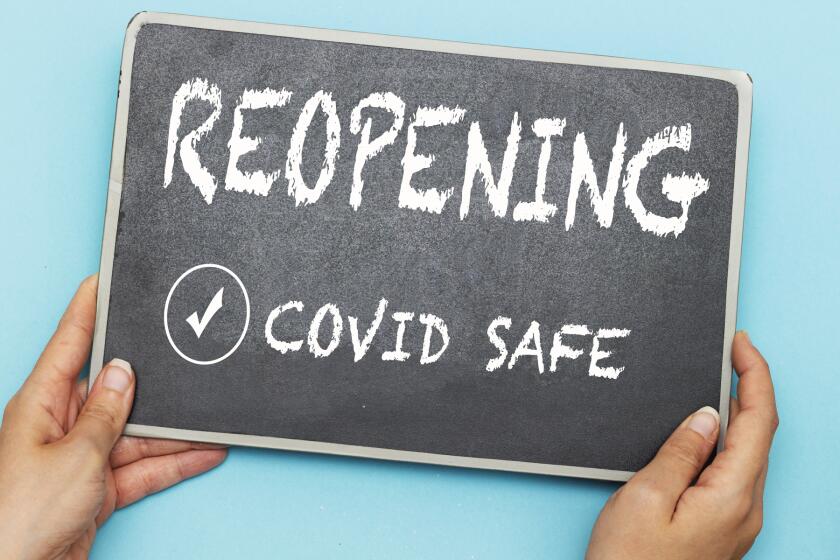Mr. Marketing talks about typography
Over the past 30 years I’ve noticed that most non-designers rely on a single typeface for all their ads and online presence.
Their stuff looks consistently boring.
Other folks use a dozen fonts in a single brochure, ad, or website. Since two typefaces are usually enough, their results look jumbled.
A typeface (font family) is a collection of numbers, letters, and characters whose umbrella look provides continuity to your marketing materials.
Typefaces include italics, differing weights and sizes and condensed versions.
Fonts may be serif (little feet fly off the characters) or sans serif (no feet).
And thousands of typography styles are available for every audience and mood.
Which ones are best for your needs?
Serif is generally better for body copy, while sans serif is good for separating headlines, subheads, callouts and captions.
Serif type has thick and thin lines that pull your eye across the page. Eyes love serif type for denser copy such as books, brochures, ads and magazines.
Fonts are typically black against a white background. Reversed (white on black) only works well using larger fonts so it’s more readable.
Which brings us to my father, who observed the eyes play tricks after you hit 40. Always make sure your typeface is big enough for your audience to read without struggling.
However, typography’s more than selecting a typeface, font size and whether it should be bold or italic. Type should guide eye flow and pace your message. Neglected details can have a huge negative impact on your readership, response, and sales.
Consider where you want the eye to go first, then use the typeface to control eye flow. Put benefit headlines and subheads in a bold sans serif font for added emphasis, then use italics to make customer testimonials stand out.
Create a hierarchy of type for headlines, subheads, captions, sidebars, bullets and callouts to guide your reader to your call to action.
Spacing, font size, line height, margins, padding and text arrangement should all create a rhythm to keep the reader moving forward.
Want to simplify your life? Work with a designer who’s knowledgeable about the power brought by good use of typography.
Then your job becomes easy: Determine what needs emphasis so the designer can decide the proper look for your business.
With that said, I wish you a week of profitable marketing.
Visit www.askmrmarketing.com for more free marketing advice.





